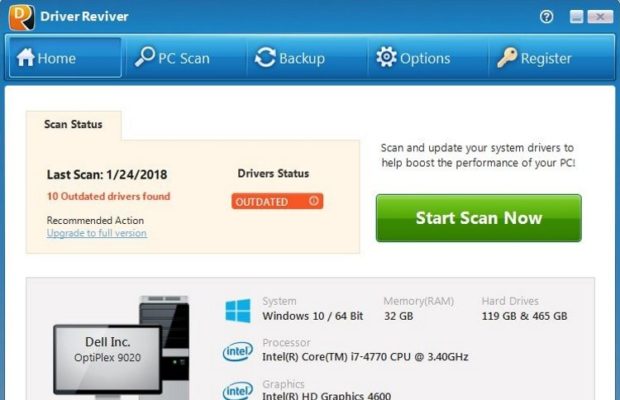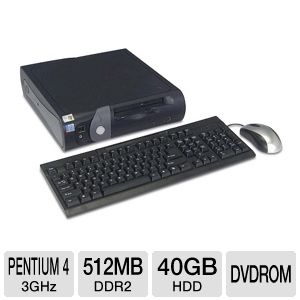

- #MACREVIVER TORRENT SOFTWARE#
- #MACREVIVER TORRENT CODE#
- #MACREVIVER TORRENT LICENSE#
- #MACREVIVER TORRENT DOWNLOAD#
- #MACREVIVER TORRENT TORRENT#
#MACREVIVER TORRENT TORRENT#
This ransomware is propagating via trojanized versions of popular applications available on torrent resources. ThiefQuest lives up to its new name because it primarily seeks to steal files rather than earn its operators dirty ransom profit. Under the circumstances, the 72-hour payment deadline mentioned in the READ_ME_NOW.txt ransom note doesn’t make any sense and seems like all bark and no bite. In the meanwhile, the user’s personal files encrypted with 256-bit Advanced Encryption Standard (AES) cipher stay locked down and there is no chance to get a decryptor from the crooks due to the hard-coded BTC address quirk described above. Once the perpetrating app collects this data, it sends it to the Command & Control (C2) server inconspicuously. This information includes, among other things, passwords, cryptocurrency wallet credentials, and credit card numbers. The ransomware also engages a keylogger component that captures everything the victim types on their machine.
#MACREVIVER TORRENT CODE#
The harmful code comes with a backdoor module that allows the attackers to maintain a continued access to the Mac it’s running on. This theory gets an extra flavor of plausibility once the obfuscated features of ThiefQuest are analyzed. What is the criminals’ motivation then? It could be an attempt to use the infection as a decoy that smokescreens another foul play. This contradicts the wicked principle of ransomware extortion and suggests that the malicious program may have been created for a different purpose. It means that whoever is in charge of this campaign cannot possibly figure out who has paid the ransom and who hasn’t. Another strange thing is that the Bitcoin address is static, that is to say, it’s the same for every infected Mac user. This unusually small fee is one of the clues indicating that there’s something wrong about the activity of ThiefQuest.
#MACREVIVER TORRENT LICENSE#
If the utility spots malicious code, you will need to buy a license to get rid of it.
#MACREVIVER TORRENT DOWNLOAD#
Download Now Learn how ComboCleaner works. This way, you may reduce the cleanup time from hours to minutes. Therefore, it is recommended to download Combo Cleaner and scan your system for these stubborn files.

ThiefQuest ransomware may re-infect your Mac multiple times unless you delete all of its fragments, including hidden ones. A fairly bizarre thing is that the ransom is low compared to the size specified by mainstream data-encrypting parasites. The contents of this document let the victim know why the files are no longer accessible and provide the Bitcoin address to send the ransom. As part of its extortion strategy, the infection drops a rescue note named READ_ME_NOW.txt.

The new denomination also reflects the gist of the pest more accurately – this aspect will be explained further down. Several weeks later, white hats dubbed it ThiefQuest to avoid an association with a popular video game namesake. This was a researchers-coined name rather than an element of the culprit’s malicious manifestation. The ransom Trojan in question debuted as EvilQuest in June 2020. The latest one called ThiefQuest seems to take this trend further, but its unorthodox tactic blurs this impression. And yet, a number of nasties like KeRanger and Patcher have already paved the way for this phenomenon into the Mac world. Furthermore, the smaller user base keeps evil actors’ focus away from deploying file-encrypting threats on a massive scale in this environment.
#MACREVIVER TORRENT SOFTWARE#
Apple’s operating system minimizes the odds of malicious code slithering its way into computers with little user interaction, making sure every instance of software installation is based on an informed decision rather than a zero-click or suchlike scheme.

There are several reasons why Mac ransomware is lagging behind its counterparts targeting PCs and Linux servers. Taking one’s important files hostage is a long-running stratagem propping a hugely powerful cybercriminal industry, but it’s still a relatively exotic attack vector for the macOS landscape. If the ThiefQuest ransomware unleashes its weaponized cryptography implementation to pollute a Mac, here’s what to do to remove it and restore affected files.


 0 kommentar(er)
0 kommentar(er)
